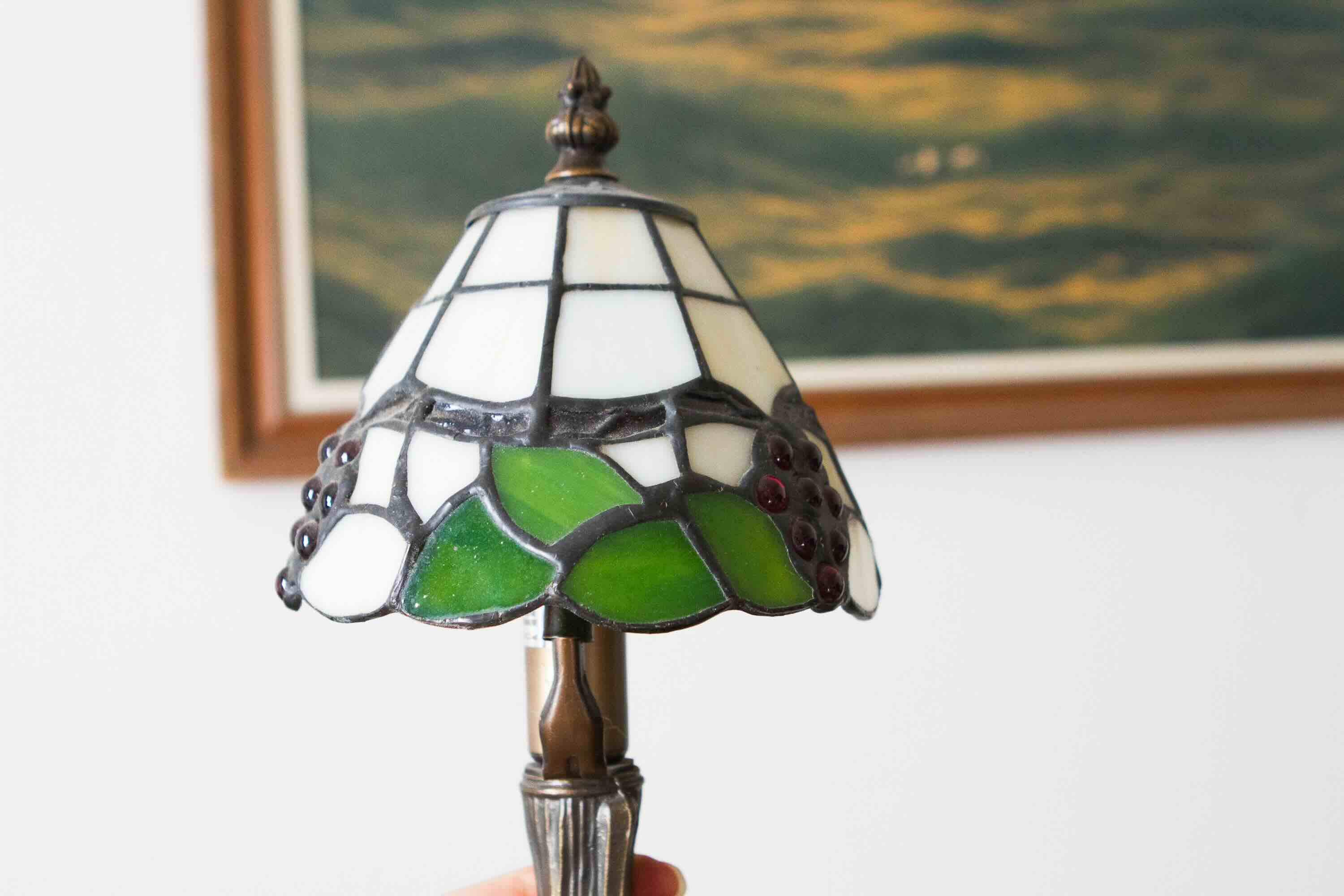

Furniture
How To Identify A Stiffel Lamp
Modified: September 2, 2024
Find out how to easily identify a Stiffel lamp, a classic piece of furniture that adds timeless elegance to any room.
(Many of the links in this article redirect to a specific reviewed product. Your purchase of these products through affiliate links helps to generate commission for Storables.com, at no extra cost. Learn more)
Introduction
Welcome to the world of Stiffel lamps, where elegance and craftsmanship converge to create timeless pieces of lighting. If you’re a fan of vintage or antique furniture, you may have come across the name Stiffel before. Stiffel lamps have long been revered for their exceptional quality, exquisite design, and ability to add a touch of sophistication to any space.
Founded in 1932 by Ted Stiffel, the Stiffel Lamp Company quickly gained recognition for its commitment to producing high-quality lighting fixtures. Stiffel lamps were renowned for their attention to detail, durability, and stylish designs. Over the years, the company has become synonymous with excellence in the world of lighting.
Whether you’re an avid collector or simply looking to add a touch of charm to your home, being able to identify a genuine Stiffel lamp is essential. In this article, we’ll explore the characteristics that set Stiffel lamps apart, discuss various ways to authenticate them, and provide valuable tips to help you navigate the world of Stiffel lighting.
So, if you’re ready to embark on an illuminating journey into the world of Stiffel lamps, let’s dive in!
Key Takeaways:
- Authenticating Stiffel lamps requires attention to detail, thorough examination, and a combination of knowledge and intuition. By assessing multiple factors and seeking professional advice, you can confidently identify genuine Stiffel lamps.
- Understanding the history, construction quality, and age-determining methods of Stiffel lamps is essential for collectors and homeowners. By embracing the timeless elegance of Stiffel lamps, you can add a touch of sophistication to any space.
History of Stiffel Lamps
The Stiffel Lamp Company has a rich history that dates back to its founding in 1932 by Ted Stiffel. Ted had a passion for creating beautiful and high-quality lighting fixtures, leading him to establish a company dedicated to producing lamps that were both functional and stylish.
From its humble beginnings in Chicago, Stiffel lamps quickly gained popularity and earned a reputation for their exceptional craftsmanship. The company was known for meticulously handcrafting each lamp, paying close attention to even the smallest details. This commitment to quality and attention to detail soon set Stiffel lamps apart from the competition.
During the mid-20th century, Stiffel lamps reached the peak of their popularity. They adorned the finest homes and offices, gracing the interiors with their elegant designs and warm illumination. Stiffel lamps became a symbol of luxury and sophistication and were often considered a collector’s item.
One of the reasons for the enduring appeal of Stiffel lamps is their timeless design. The company embraced classic styles, such as traditional, transitional, and contemporary, ensuring that their lamps could seamlessly integrate into any interior decor. The emphasis on versatility and sophistication allowed Stiffel lamps to remain relevant and sought after by collectors and homeowners alike.
Over the years, Stiffel continued to innovate and expand its product range, introducing new designs and incorporating modern lighting technologies. Despite changes in ownership and manufacturing practices, the commitment to quality and excellence remained at the forefront of the company’s ethos.
Today, Stiffel lamps continue to be highly regarded in the lighting industry. The company’s legacy of craftsmanship and design excellence lives on, making Stiffel lamps a cherished addition to any home or commercial space.
Now that we have explored the rich history of Stiffel lamps, let’s delve into the characteristics that make these lamps unique and sought after.
Characteristics of Stiffel Lamps
Stiffel lamps are known for their distinct characteristics that set them apart from other lighting fixtures. These characteristics contribute to the enduring popularity and desirability of Stiffel lamps among collectors, interior designers, and homeowners. Let’s explore some of the key features that make Stiffel lamps so special:
- Superior Materials: Stiffel lamps are crafted from high-quality materials, such as brass, bronze, and other premium metals. These materials not only add durability but also lend a sense of opulence and sophistication to the lamps.
- Attention to Detail: Stiffel lamps are known for their meticulous attention to detail. From the intricate designs on the bases to the delicate etchings on the shades, every aspect of a Stiffel lamp showcases expert craftsmanship and a dedication to creating a visually stunning piece.
- Timeless Designs: Stiffel lamps embrace classic designs that have stood the test of time. Whether it’s a traditional table lamp or a sleek floor lamp, Stiffel focuses on creating timeless pieces that can seamlessly integrate into various interior styles.
- Exceptional Finishes: Stiffel lamps feature a wide range of finishes, including polished brass, antique bronze, brushed nickel, and more. These finishes add depth and richness to the lamps, enhancing their overall aesthetic appeal.
- Customization Options: Stiffel lamps offer a range of customization options, allowing buyers to choose different shade styles, colors, and materials to suit their personal preferences. This flexibility ensures that each Stiffel lamp is unique and tailored to the individual’s taste.
- Functional Lighting: While Stiffel lamps are admired for their beauty, they also provide excellent lighting functionality. Whether you need ambient lighting for a cozy atmosphere or task lighting for focused work, Stiffel lamps deliver both style and functionality.
These characteristics combine to create a truly exceptional and sought-after lighting fixture. Whether you’re looking to enhance your home decor or add a touch of elegance to a commercial space, a Stiffel lamp is a timeless choice that embodies quality, design, and craftsmanship.
Now that we’ve explored the characteristics that make Stiffel lamps unique, let’s unravel the secrets of identifying an authentic Stiffel lamp.
Examining the Base
When identifying a Stiffel lamp, one of the key areas to examine is the lamp base. The base can reveal important clues about the authenticity and quality of the lamp. Here are some factors to consider when examining the base:
- Weight and Stability: Stiffel lamps are known for their substantial weight and sturdy construction. Pick up the lamp and feel its weight. A genuine Stiffel lamp will feel solid and well-balanced, indicating a high-quality build.
- Materials Used: Stiffel lamps are typically made of brass, bronze, or other premium metals. Take a close look at the base to inspect the material. It should have a solid, substantial feel and a high-quality finish.
- Design Details: Stiffel lamps often feature intricate design details on the base, such as embossed patterns, etchings, or decorative motifs. Examine these details closely to ensure they are finely crafted and show no signs of poor craftsmanship or inconsistencies.
- Stability and Balance: Place the lamp on a flat surface and check if it stands steady without wobbling. Stiffel lamps are designed to be stable and well-balanced, so any wobbling or instability may indicate a lower-quality lamp.
- Surface Quality: Inspect the surface of the base for any scratches, dents, or imperfections. Stiffel lamps are known for their impeccable finishes, so any signs of wear or damage may suggest a counterfeit or lesser-quality lamp.
- Stiffel Markings: Look for any markings or labels on the base that indicate the lamp’s origin as a Stiffel lamp. These markings can include the Stiffel logo, a nameplate, or a serial number. Genuine Stiffel lamps will usually have these markings engraved or imprinted on the base.
- Overall Craftsmanship: Assess the overall craftsmanship of the base by observing the detailing, precision, and quality of the construction. Stiffel lamps are renowned for their attention to detail and exceptional craftsmanship, so any signs of subpar workmanship may indicate a counterfeit or lower-quality lamp.
By carefully examining the base of a Stiffel lamp and considering these factors, you can get a better idea of the lamp’s authenticity and quality. However, the base is just one aspect to consider when authenticating a Stiffel lamp. In the next section, we’ll explore how to evaluate the shade to further ensure its genuineness.
Evaluating the Shade
The shade of a Stiffel lamp plays a significant role in its overall design and functionality. When evaluating a Stiffel lamp, it’s important to carefully assess the shade for authenticity and quality. Here are some factors to consider when evaluating the shade:
- Materials Used: Stiffel lamp shades are typically made of high-quality fabric, such as silk or linen, or glass for certain styles. Inspect the shade material closely to ensure it is of superior quality and free from any signs of wear or damage.
- Design and Style: Stiffel lamps offer a variety of shade designs and styles to suit different aesthetics. Look for intricate patterns, unique textures, or interesting embellishments that are characteristic of Stiffel lamp shades. Authentic Stiffel shades are often well-crafted and have a timeless appeal.
- Color and Finish: The color and finish of the shade should be uniform and consistent. Pay attention to any fading, discoloration, or inconsistencies in the color that might indicate a lower-quality or damaged shade.
- Proportions and Fit: The shade should be proportionate to the lamp base, fitting securely and symmetrically. Ensure that the shade sits properly on the lamp and is not too loose or off-center.
- Stiffel Markings: Some Stiffel lamp shades may feature a label or tag with the Stiffel logo or name. Look for these markings to further authenticate the shade as a genuine Stiffel product. However, not all Stiffel shades have these markings, so their absence does not necessarily indicate a counterfeit shade.
- Condition and Cleanliness: Examine the shade for any signs of stains, tears, or damage. Stiffel lamps are known for their attention to detail, so any flaws in the shade may indicate a lower-quality or counterfeit lamp.
- Lighting Effect: When the lamp is turned on, observe the lighting effect created by the shade. Stiffel lamps typically produce a warm, pleasant glow that enhances the ambiance of a room. If the shade interferes with the lighting quality or if the light distribution is uneven, it may suggest a lower-quality shade.
By carefully evaluating the shade of a Stiffel lamp and considering these factors, you can gain valuable insights into its authenticity and overall quality. However, it’s important to remember that the shade is just one aspect of authenticating a Stiffel lamp. In the next section, we’ll explore another important factor to assess: the finishes of the lamp.
Read more: How To Identify Silverware
Assessing the Finishes
The finishes of a Stiffel lamp play a crucial role in its aesthetic appeal and overall quality. Stiffel lamps are known for their exceptional finishes, which enhance the lamp’s beauty and durability. When assessing the finishes of a Stiffel lamp, consider the following factors:
- Surface Smoothness: Run your hand along the lamp’s surface to check for any rough or uneven areas. Stiffel lamps are typically finished to perfection, with smooth surfaces that reflect the quality of craftsmanship.
- Consistency: Look for consistent finishes throughout the lamp. The finishes on the base, stem, and any decorative elements should match in color, texture, and sheen. Inconsistent finishes may indicate poor quality or possible alterations.
- Finishing Techniques: Stiffel lamps may feature a variety of finishing techniques, such as polished, brushed, or antique finishes. Examine the finishes closely to determine if they have been applied skillfully and whether they enhance the lamp’s overall appearance.
- Color Integrity: The color of the lamp’s finishes should be rich and consistent. Whether it’s a brass, bronze, or nickel finish, it should exhibit a high-quality and lustrous appearance without any signs of discoloration or fading.
- Resistance to Wear: Stiffel lamps are designed to withstand the test of time. Assess the finishes for any signs of wear, scratches, or flaking. A genuine Stiffel lamp will have finishes that are durable and resistant to everyday use.
- Cleanliness: Ensure that the lamp’s finishes are clean and well-maintained. Any build-up of dirt or residue may indicate a lack of care or poor maintenance.
- Stiffel Markings: Some Stiffel lamps may have markings, such as a logo, nameplate, or serial number, on the finishes. These markings can further authenticate the lamp as a genuine Stiffel product. However, not all Stiffel lamps have these markings, so their absence does not necessarily indicate a counterfeit lamp.
By carefully assessing the finishes of a Stiffel lamp and considering these factors, you can gain insight into its authenticity and craftsmanship. The finishes should exhibit a high level of quality and attention to detail, showcasing the meticulous work that goes into every Stiffel lamp.
Now that we’ve explored the importance of assessing the finishes, let’s move on to the next step in identifying a Stiffel lamp: examining the lamp’s markings and labels.
Look for the Stiffel logo on the lamp socket or base. Stiffel lamps are known for their high-quality craftsmanship and often have the brand name stamped on them.
Identifying Stiffel Lamp Markings
Identifying the markings and labels on a Stiffel lamp is an important step in determining its authenticity and origin. Stiffel lamps often feature markings that provide valuable information about the lamp’s manufacturer and production. Here are some common markings to look for:
- Stiffel Logo: The Stiffel logo is a prominent marking found on many Stiffel lamps. Look for a small emblem or symbol that represents the Stiffel brand. The logo may be imprinted, engraved, or embossed on the base, stem, or other visible areas of the lamp.
- Nameplate: Some Stiffel lamps have a nameplate that displays the Stiffel name or logo along with additional information such as the model number or date of manufacture. The nameplate is typically attached to the lamp’s base or stem.
- Serial Number: In some cases, Stiffel lamps may have a serial number engraved or imprinted on the lamp. The serial number can provide valuable information about the lamp’s production year or batch.
- Manufacturer’s Label: Stiffel lamps may have a manufacturer’s label or sticker that indicates the lamp’s origin and details about its production. The label is commonly found on the base or underside of the lamp.
- Tags or Labels: Stiffel lamps might come with tags or labels that provide information about the lamp’s materials, care instructions, or model name. These tags or labels may be attached to the shade, base, or packaging of the lamp.
- Patent Information: Some Stiffel lamps may feature patent information, including patent numbers or patent dates. These markings indicate that the lamp design or technology has been patented by Stiffel.
- Certificates of Authenticity: In rare cases, Stiffel lamps may come with certificates of authenticity. These certificates confirm that the lamp is a genuine Stiffel product and provide additional details about the lamp’s history or collection.
It’s important to note that not all Stiffel lamps will have markings or labels. Vintage lamps, in particular, may have faded or worn markings over time. However, the presence of these markings can significantly increase the likelihood of the lamp being a genuine Stiffel piece.
When examining these markings and labels, pay close attention to their quality, clarity, and consistency. Genuine Stiffel markings are typically engraved or embossed with precision and clarity. If the markings appear blurred, smudged, or of poor quality, it may suggest a counterfeit or imitation lamp.
By understanding and identifying the various markings and labels that are commonly found on Stiffel lamps, you can better authenticate the lamp and gain insights into its history and origin.
In the next section, we’ll cover another important aspect of assessing a Stiffel lamp: checking the construction quality.
Checking the Construction Quality
When examining a Stiffel lamp for authenticity and quality, assessing the construction quality is crucial. Stiffel lamps are known for their exceptional craftsmanship and durable construction. By evaluating the construction quality, you can gain insights into the lamp’s longevity and overall value. Here are some factors to consider when checking the construction quality:
- Solid and Sturdy Build: A genuine Stiffel lamp will have a solid and sturdy construction. The lamp should feel well-built and substantial, without any loose or wobbly parts.
- Seamless Joints: Examine the joints and connections of the lamp, such as where the base connects to the stem or the stem connects to the shade. Look for seamless transitions and tight connections, indicating a high level of craftsmanship.
- Attention to Detail: Stiffel lamps are known for their attention to detail. Inspect the lamp closely to ensure that small elements, such as decorative accents or switch knobs, are well-crafted and securely attached.
- Safety Measures: Stiffel lamps adhere to safety standards to ensure their reliability. Check for safety features such as properly insulated wiring, stable electrical connections, and secure lampshade attachments.
- Finishing Touches: Assess the finishing touches of the lamp, such as the polishing of metal surfaces or the overall cleanliness of the lamp. Stiffel lamps are meticulously finished, and any rough edges or sloppy finishes may indicate a lower-quality lamp.
- Working Mechanisms: Test the lamp’s mechanisms, including the switch, any adjustable components, and the ability to secure the lampshade. A genuine Stiffel lamp will have smooth and reliable mechanisms that function without any issues.
- Overall Durability: Stiffel lamps are built to last. Assess the lamp’s overall durability by considering the quality of materials used, the stability of the lamp, and the endurance of its finishes. A well-constructed lamp will demonstrate longevity and withstand the test of time.
By thoroughly checking the construction quality of a Stiffel lamp and considering these factors, you can determine its authenticity and the level of craftsmanship that went into its production. Remember, a genuine Stiffel lamp should exhibit superior construction and attention to detail, further adding to its value and desirability.
Now that we’ve examined the construction quality, we’ll move on to determining the age of a Stiffel lamp in our next section.
Determining the Age of a Stiffel Lamp
Determining the age of a Stiffel lamp can be a fascinating process, as it allows you to understand the historical context and value of the lamp. While it can be challenging to pinpoint the exact age of a lamp, there are several factors to consider when attempting to determine its age. Here are some methods you can use:
- Collectible Resources: Consult collectible resources and reference books that focus on Stiffel lamps. These resources often provide information about specific lamp designs, manufacturing periods, and identifying characteristics. They can be a valuable tool in narrowing down the age of a Stiffel lamp.
- Research Stiffel Catalogs: Stiffel released catalogs throughout its history, showcasing their lamp designs and product lines. Analyze vintage catalogs and advertisements to identify lamps that are similar to the one you have. By comparing the design and features, you can estimate the approximate age of your Stiffel lamp.
- Style and Design: Stiffel lamps have evolved over the years, reflecting the prevailing design trends of each era. Familiarize yourself with the various design styles popular during different time periods. By matching the style and design elements of your lamp to a particular era, you can make an educated guess about its age.
- Marks and Labels: As mentioned earlier, Stiffel lamps may have markings or labels that provide clues about their age. Look for date stamps, patent information, or serial numbers that may indicate the lamp’s production year. However, not all Stiffel lamps have such markings, so this method may not always be applicable.
- Previous Ownership: If you acquired the Stiffel lamp from a previous owner, they may have information about its age and history. Reach out to the seller or inquire about any documentation or stories associated with the lamp. This anecdotal information can provide valuable insights into the lamp’s age.
- Pricing and Market Trends: Analyze the pricing and market trends of Stiffel lamps over the years. Prices can fluctuate based on demand and rarity. Understanding how the value of similar lamps has changed over time can give you a general idea of the lamp’s age.
Keep in mind that these methods are not foolproof, and determining the exact age of a Stiffel lamp can be challenging. It is important to consider multiple factors and cross-reference different sources to form a more accurate understanding of the lamp’s age.
Now that we’ve explored methods for determining the age of a Stiffel lamp, let’s move on to some valuable tips for authenticating Stiffel lamps.
Read more: How To Identify Wildflower
Tips for Authenticating Stiffel Lamps
Authenticating Stiffel lamps can be a challenging task, as counterfeit and imitation lamps can often resemble the real thing. To ensure you’re purchasing or identifying a genuine Stiffel lamp, here are some valuable tips to keep in mind:
- Research and Education: Familiarize yourself with the history, design characteristics, and manufacturing processes of Stiffel lamps. The more you know about Stiffel lamps, the better equipped you’ll be to spot discrepancies or inconsistencies.
- Examine Multiple Factors: Don’t rely on a single characteristic or marking to authenticate a Stiffel lamp. Instead, assess multiple aspects such as the construction quality, finishes, markings, and shade details to form a comprehensive understanding of the lamp’s authenticity.
- Compare and Cross-Reference: Compare the lamp you’re examining with legitimate Stiffel lamps. Analyze various Stiffel lamp designs, finishes, and labels to identify similarities and differences. Cross-referencing can help confirm if the lamp adheres to Stiffel’s signature characteristics.
- Seek Professional Advice: If in doubt, consult with experts or appraisers who specialize in vintage or antique lighting. They possess the expertise and knowledge to accurately authenticate Stiffel lamps and provide valuable insights into their age, rarity, and value.
- Verify Markings and Labels: Check for legitimate Stiffel markings, labels, or tags on the lamp. Research and verify the specific markings used during different manufacturing periods to ensure they align with the appropriate era.
- Consider the Price: If a deal seems too good to be true, it probably is. Counterfeit or imitation lamps may be sold at significantly lower prices compared to genuine Stiffel lamps. Be cautious if the price seems unusually low or if the seller cannot provide adequate documentation or provenance.
- Buy from Reputable Sources: When purchasing a Stiffel lamp, buy from reputable sellers or dealers who have a proven track record of selling authentic products. Research the seller’s reputation and read customer reviews and testimonials before making a purchase.
- Trust Your Instincts: If something feels off or doesn’t quite match the characteristics of a genuine Stiffel lamp, trust your instincts. Authenticating a lamp requires attention to detail and intuition. If you have doubts, it’s always better to err on the side of caution.
Remember, authenticating Stiffel lamps requires a combination of knowledge, critical thinking, and careful examination. By following these tips, conducting thorough research, and seeking expert advice when needed, you can confidently identify and authenticate Stiffel lamps.
Now that we’ve covered these valuable tips, let’s conclude our exploration of Stiffel lamps.
Conclusion
Diving into the world of Stiffel lamps reveals a timeless blend of elegance, craftsmanship, and sophistication. As you explore the characteristics, history, and authentication methods, it becomes evident why Stiffel lamps have earned their reputation as highly sought-after pieces of lighting.
From the company’s inception in 1932 by Ted Stiffel to the present day, Stiffel lamps have consistently showcased superior materials, attention to detail, and timeless designs. Their exceptional finishes and construction quality set them apart from imitations, reassuring collectors and homeowners of their lasting value.
When evaluating a Stiffel lamp, examining the base, evaluating the shade, assessing the finishes, and identifying the lamp’s markings are essential steps in authenticating its origins and craftsmanship. These steps help to distinguish genuine Stiffel lamps from replicas or lower-quality alternatives.
Additionally, understanding the age of a Stiffel lamp can provide historical context and enhance its value. By utilizing resources, researching Stiffel catalogs, and analyzing design elements, you can estimate the approximate age and appreciate the lamp’s journey through time.
Authenticating Stiffel lamps requires a combination of knowledge, attention to detail, and careful analysis. By considering multiple factors, seeking professional advice when needed, and trusting your instincts, you can confidently identify genuine Stiffel lamps and make informed purchases or additions to your collection.
Whether you’re a seasoned collector or a homeowner looking for a touch of timeless elegance, Stiffel lamps continue to enchant with their exquisite designs, superior craftsmanship, and reputation for enduring quality. A Stiffel lamp is not just a source of illumination; it is a statement piece that elevates any space with its classic beauty.
So embrace the charm and sophistication of Stiffel lamps, and illuminate your surroundings with the timeless elegance they exude. Let the warm glow of a genuine Stiffel lamp bring a touch of refinement and beauty into your life.
Now that you've mastered identifying Stiffel lamps, why not brighten your space further with the latest in home lighting technology? Our next feature walks you through choosing LED mirrors that not only illuminate your interiors but do so with unmatched style. These mirrors are perfect for enhancing any room, offering both functionality and a modern aesthetic. Don't miss out on transforming your space with these stylish additions.
Frequently Asked Questions about How To Identify A Stiffel Lamp
Was this page helpful?
At Storables.com, we guarantee accurate and reliable information. Our content, validated by Expert Board Contributors, is crafted following stringent Editorial Policies. We're committed to providing you with well-researched, expert-backed insights for all your informational needs.
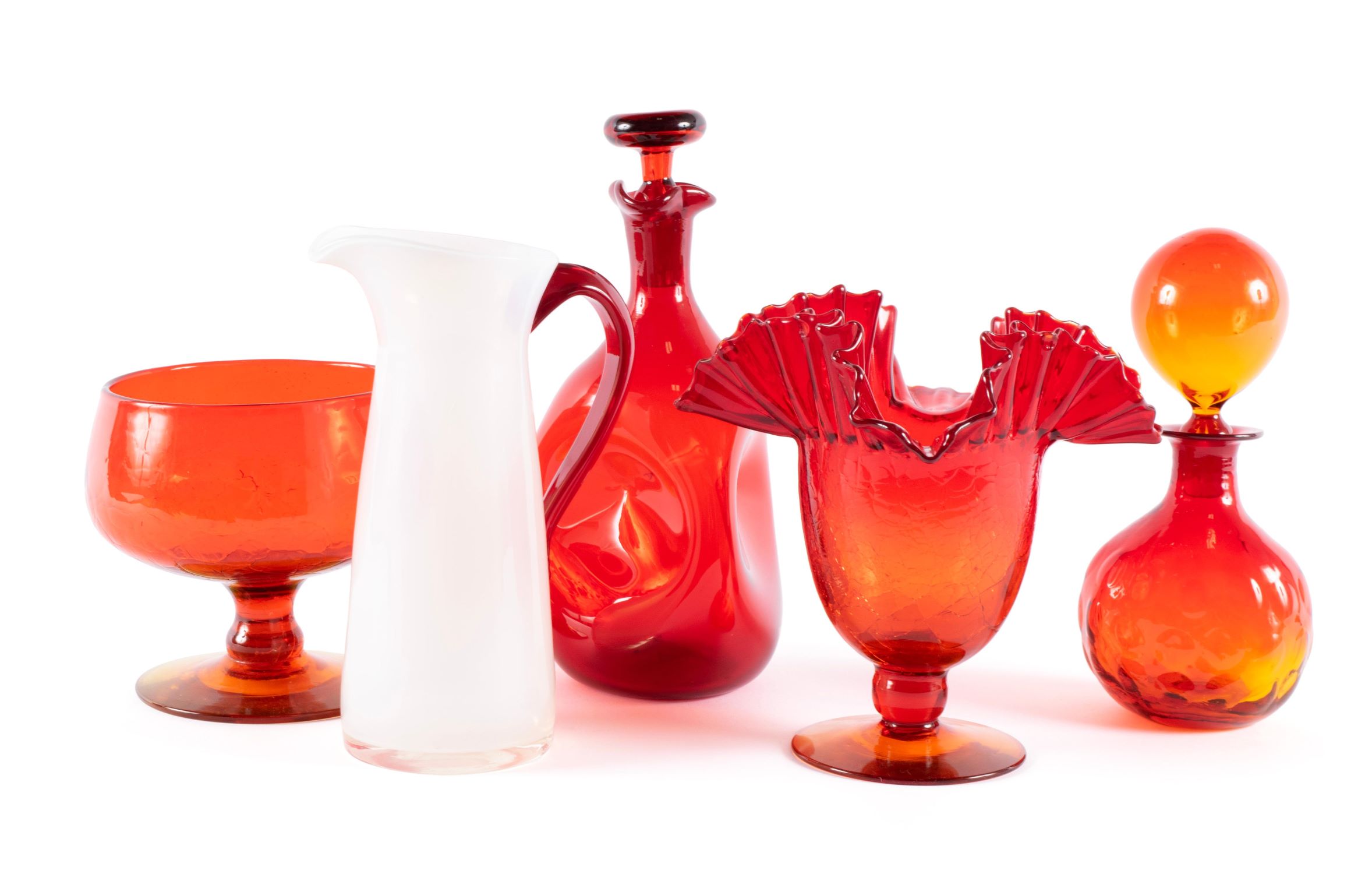
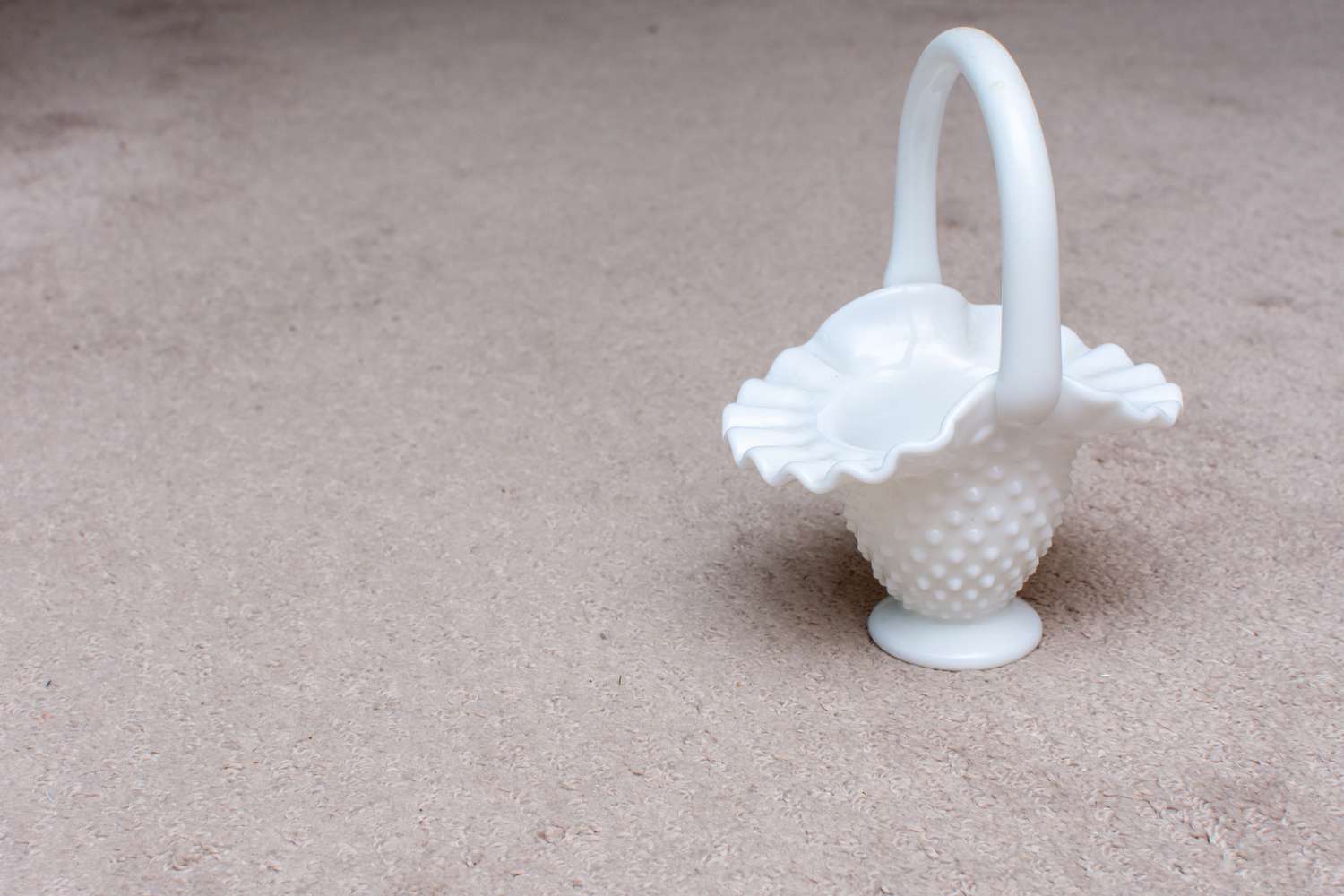
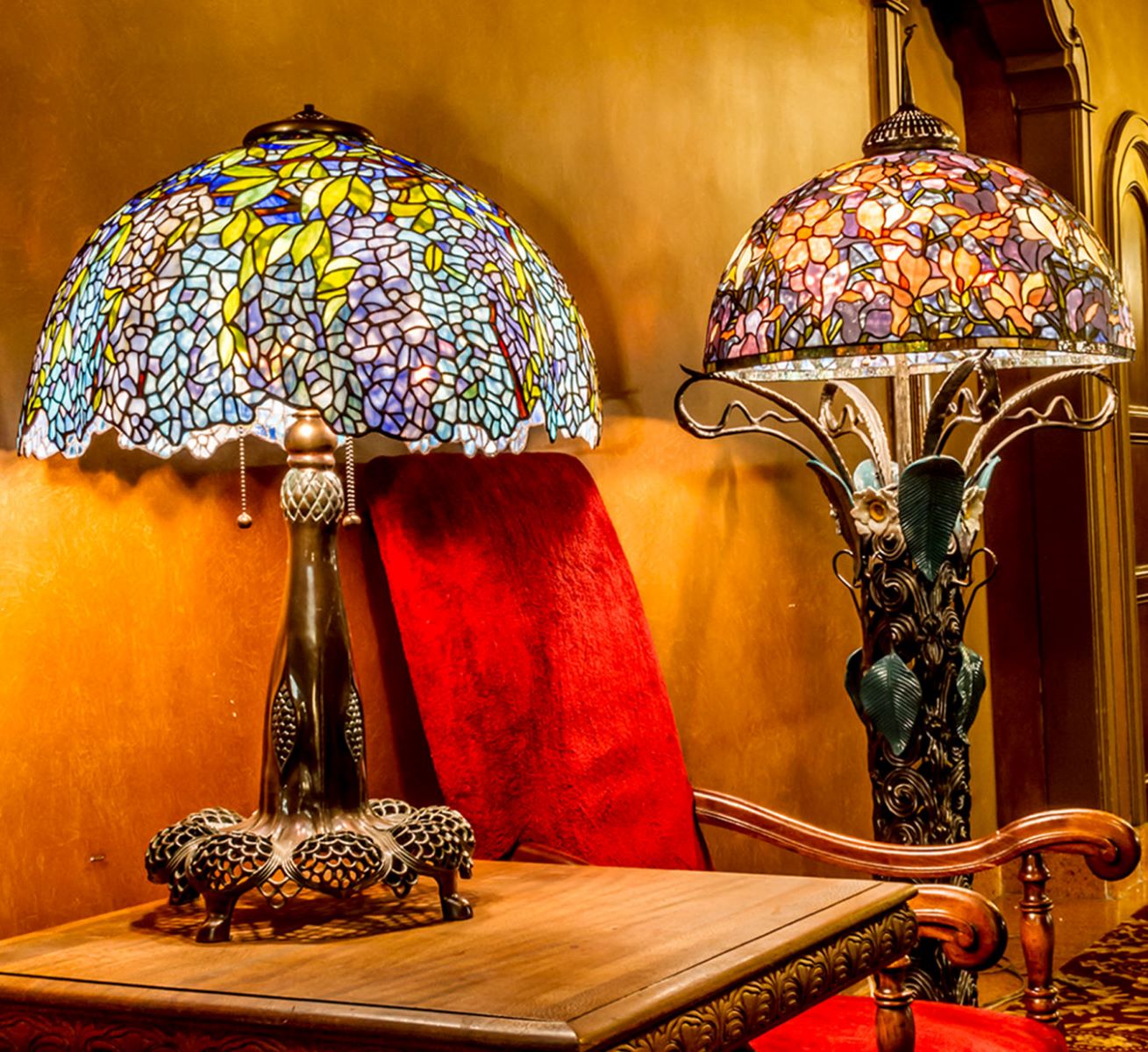
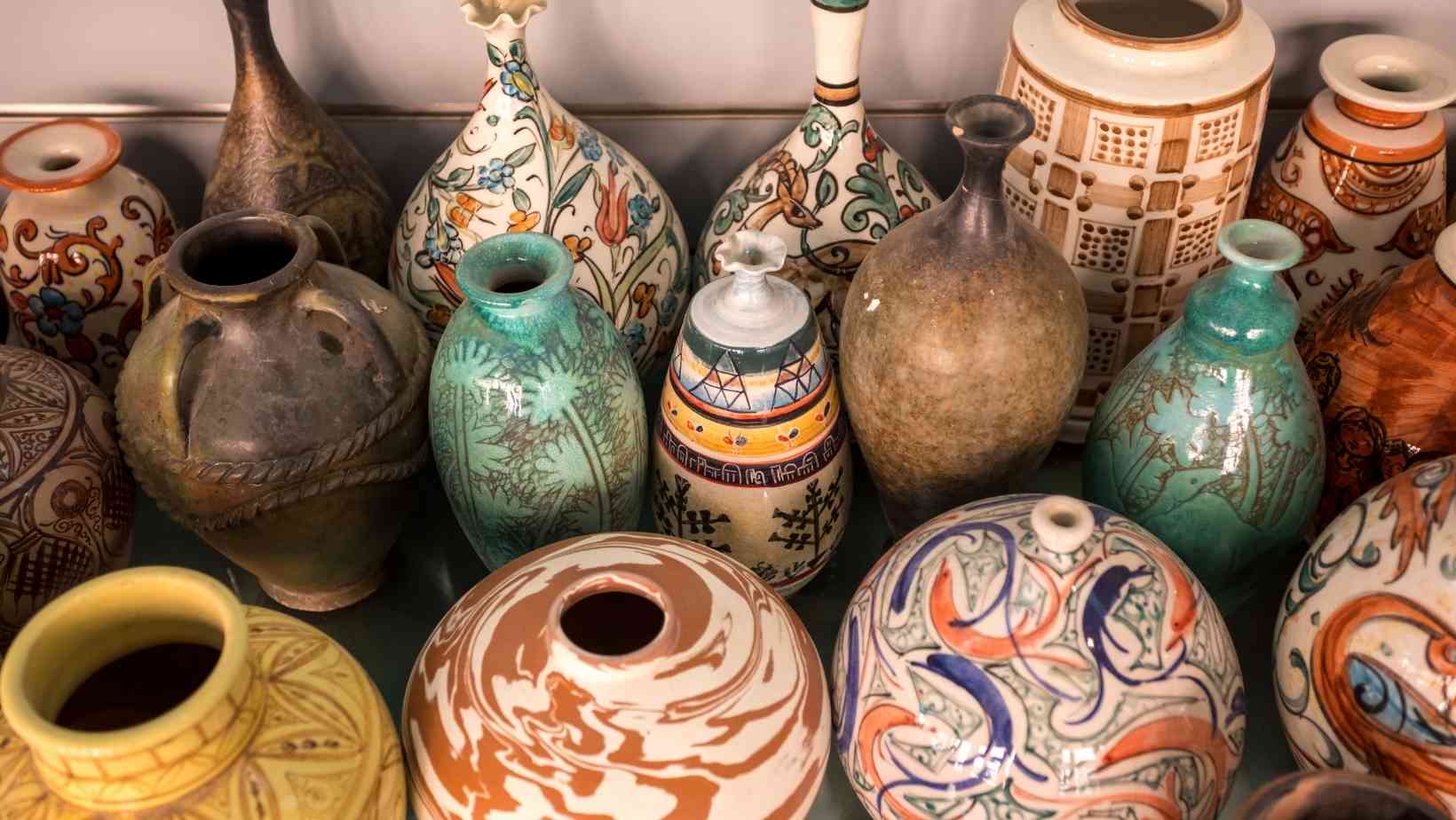
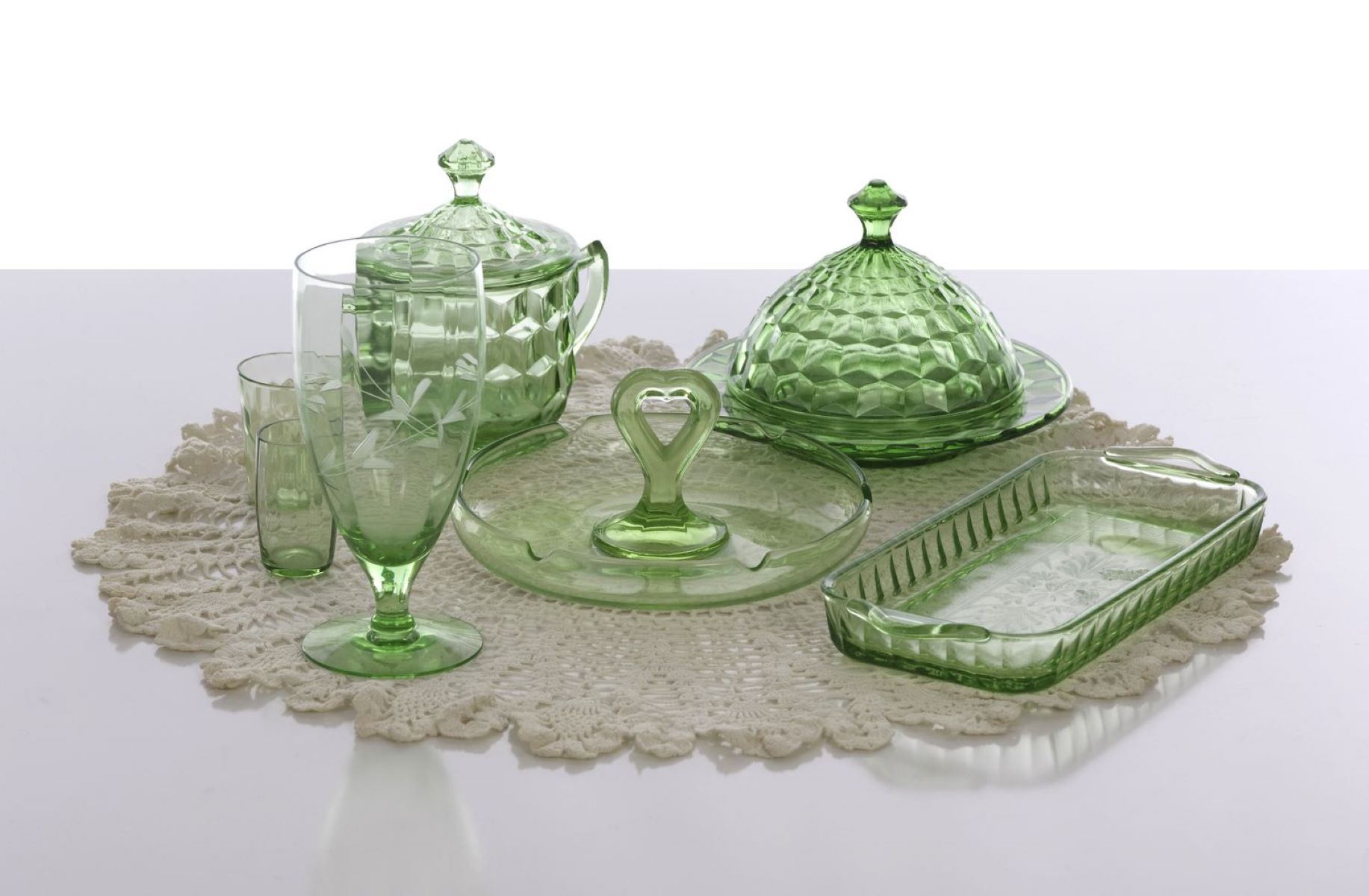
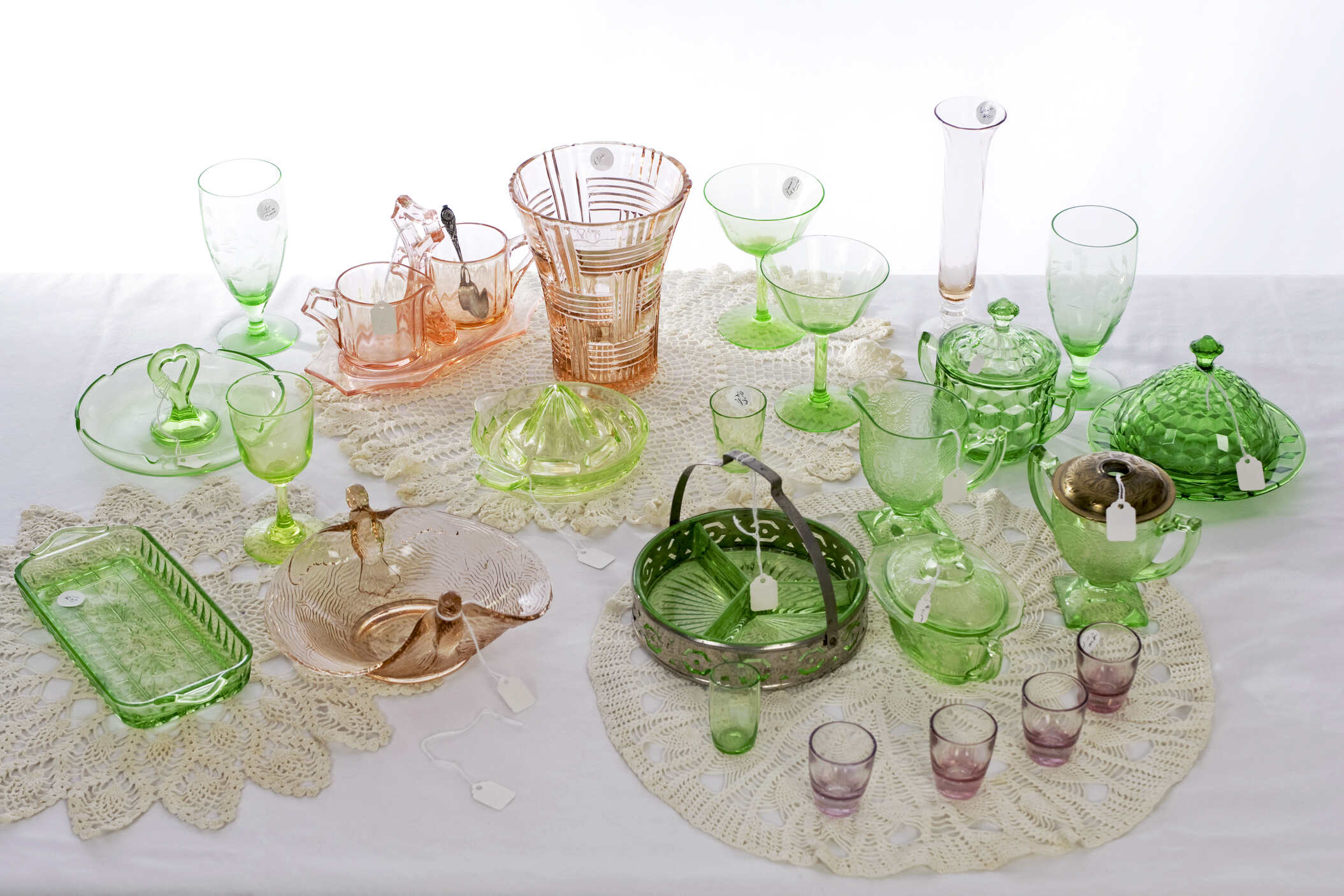
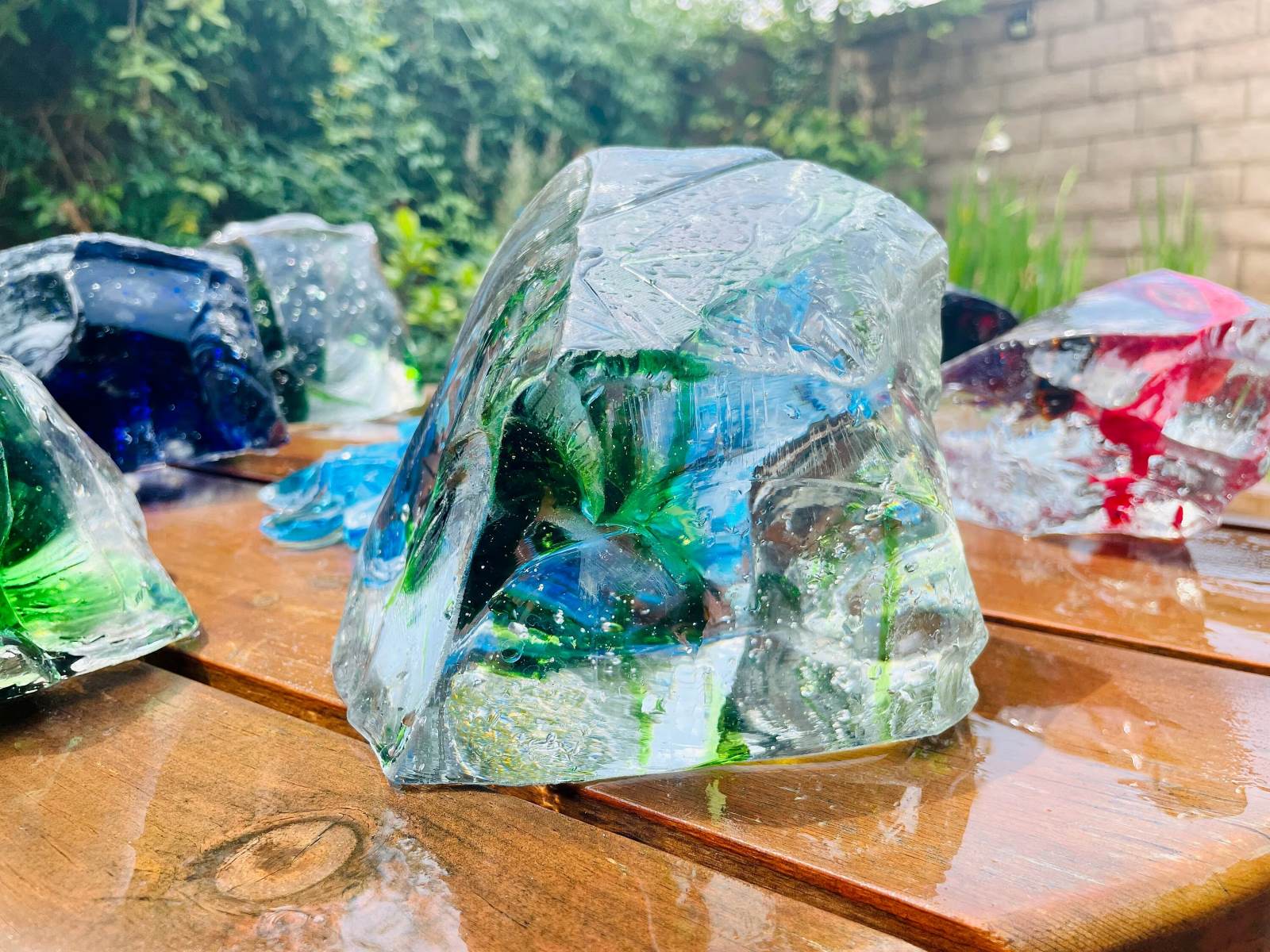
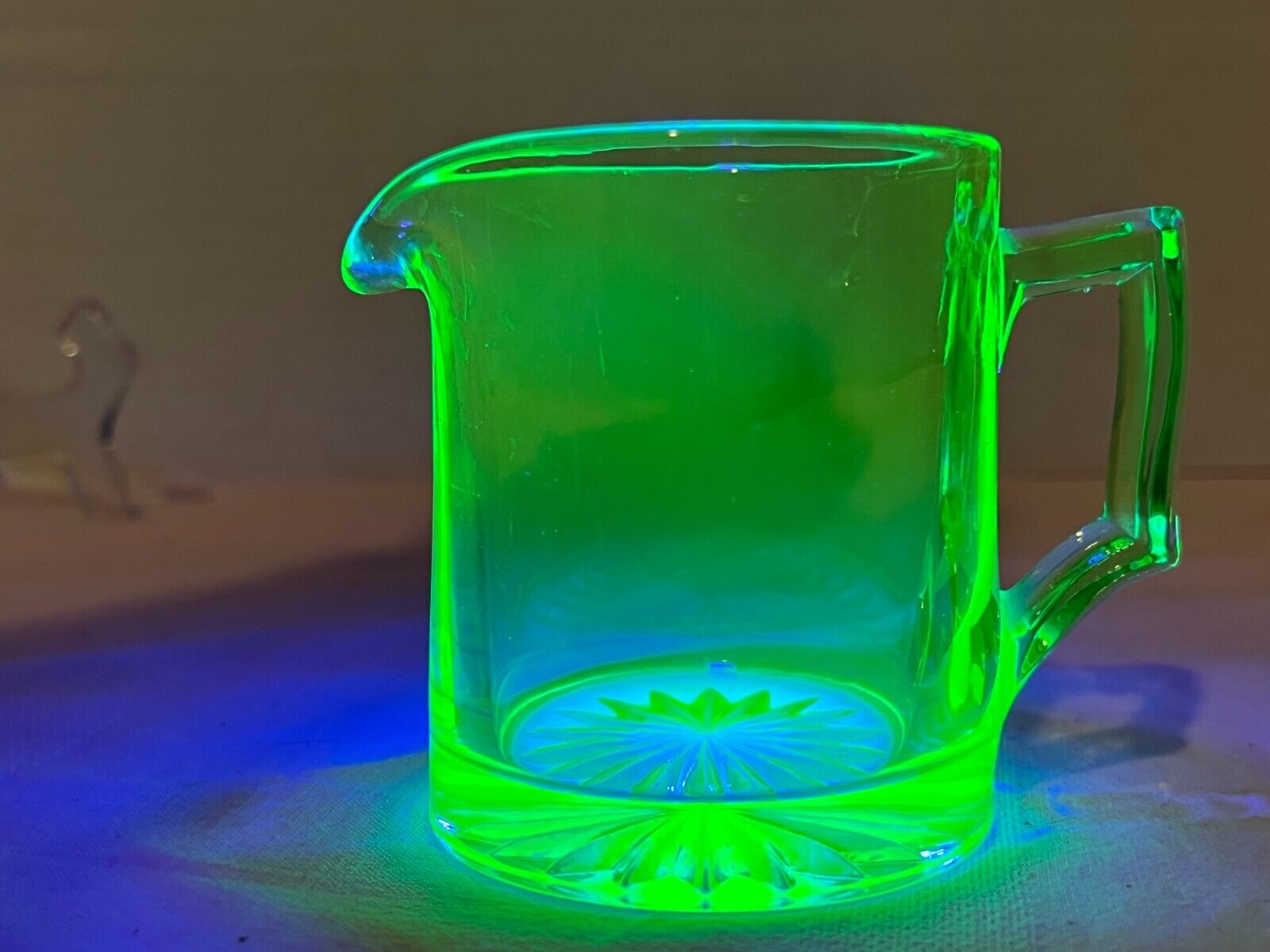
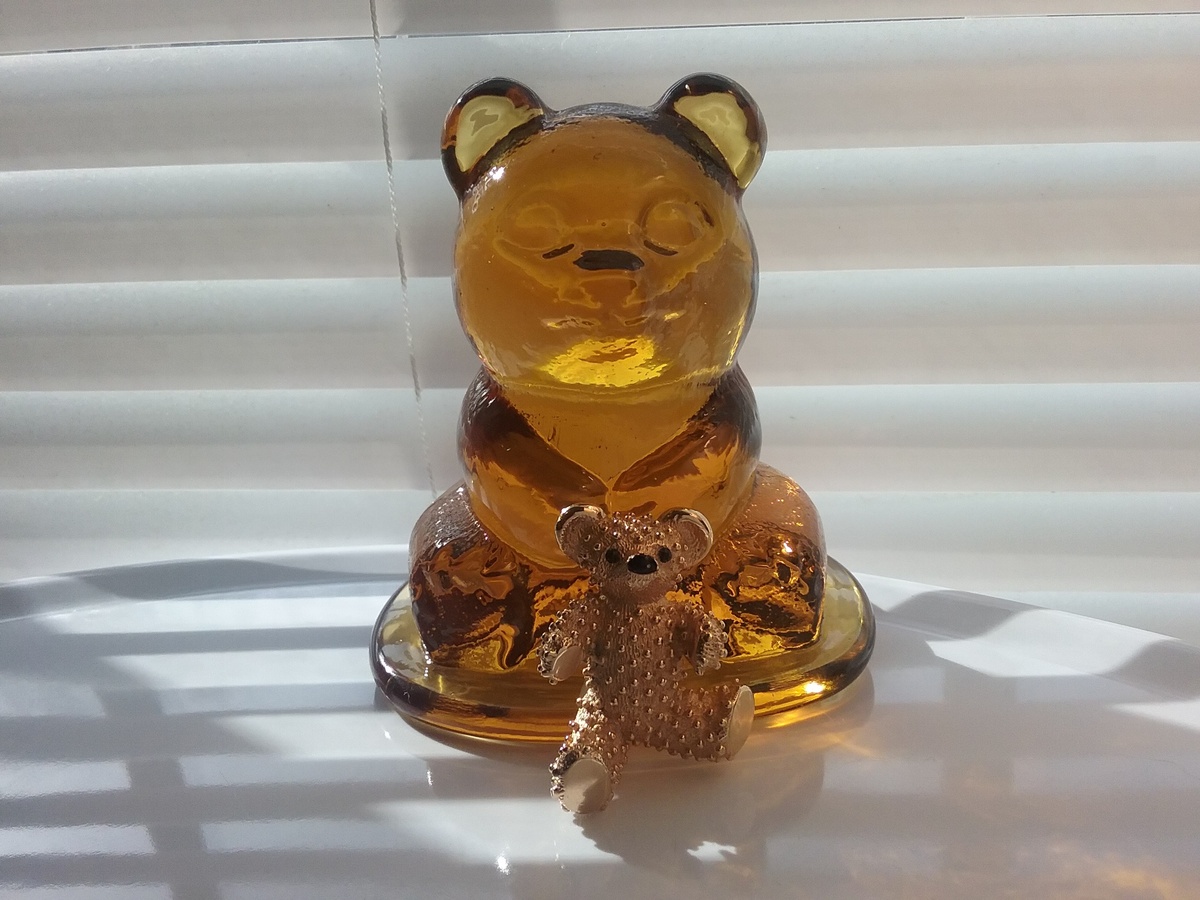
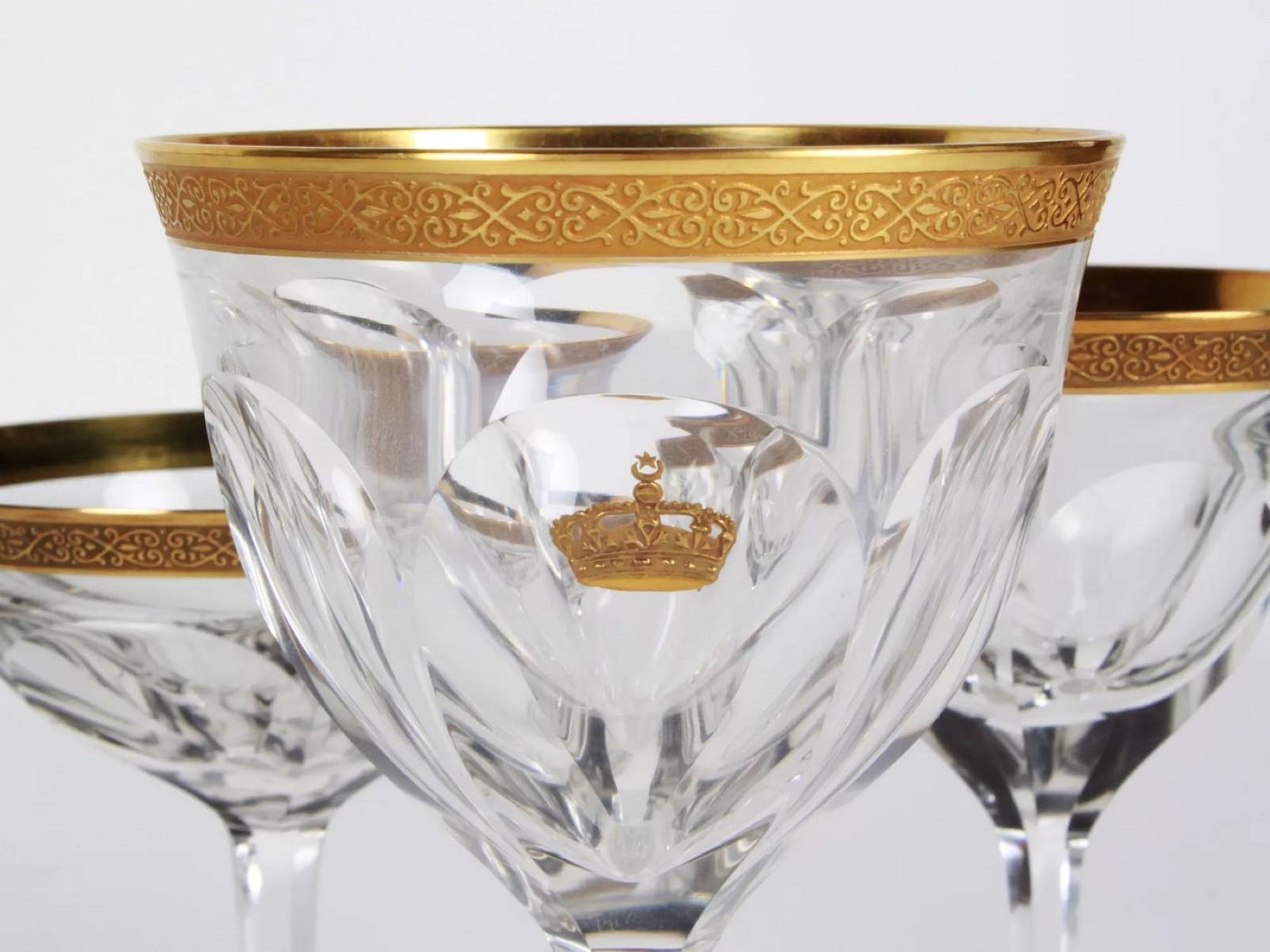
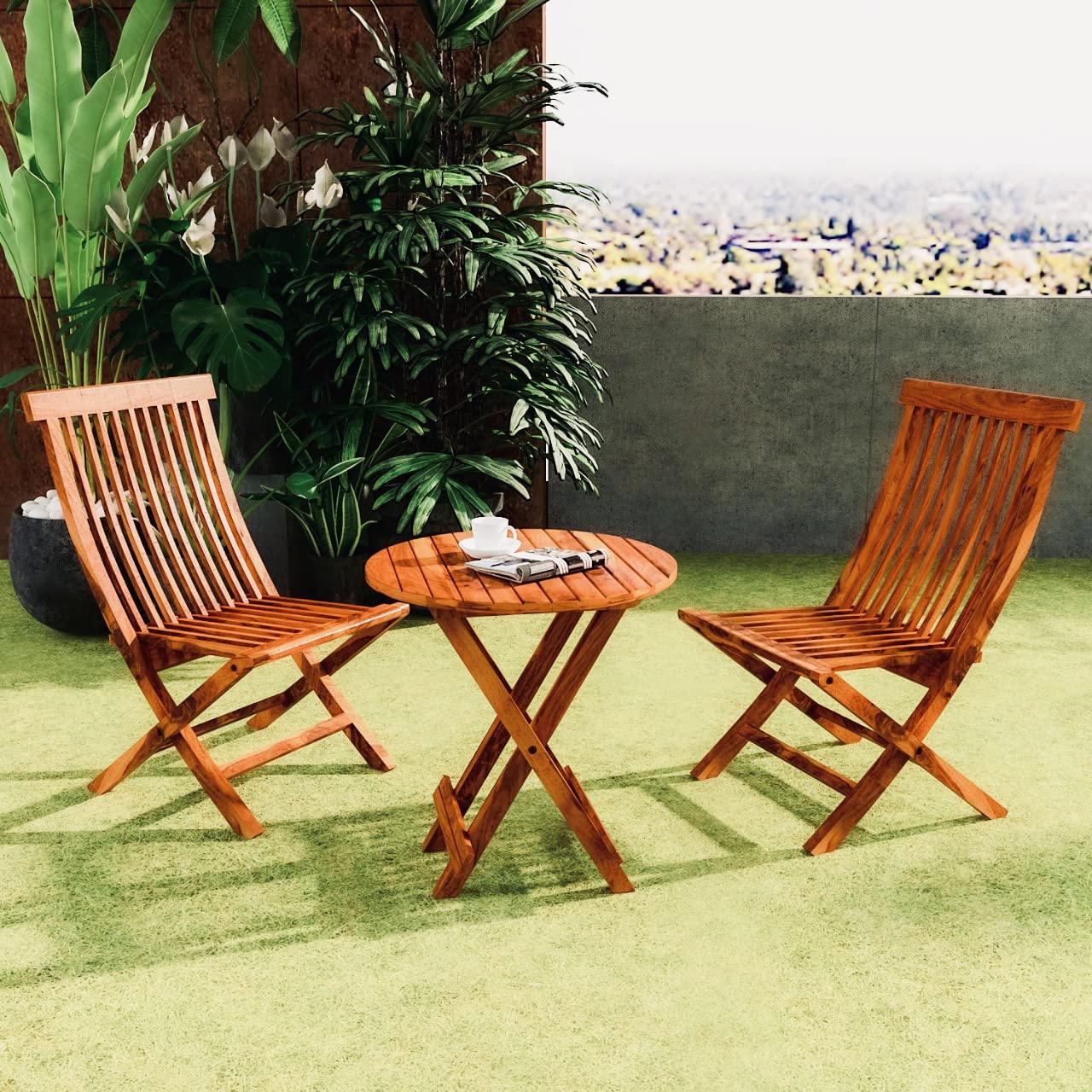
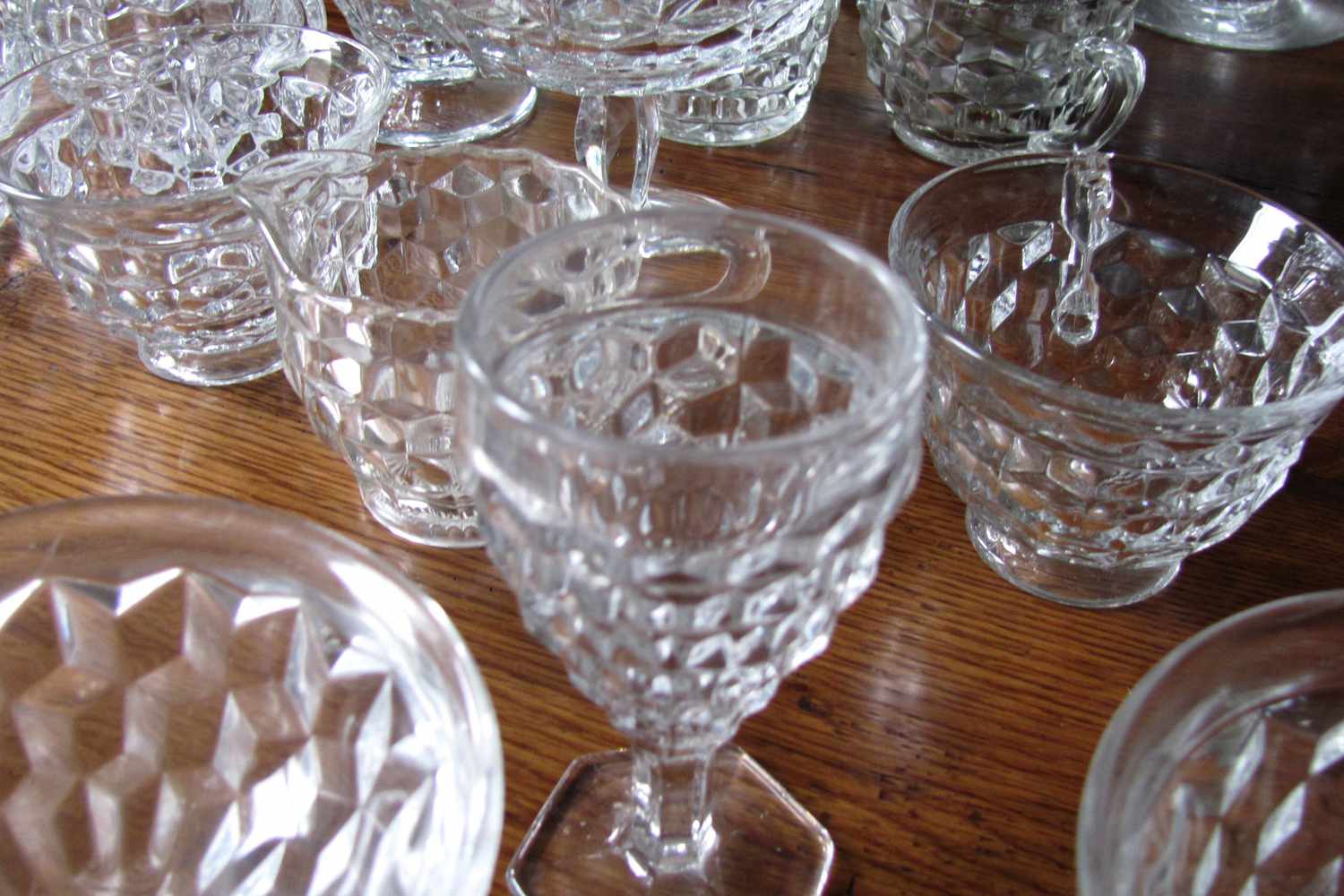


0 thoughts on “How To Identify A Stiffel Lamp”